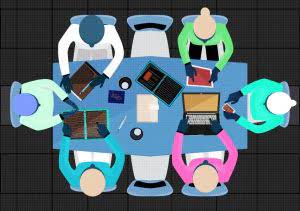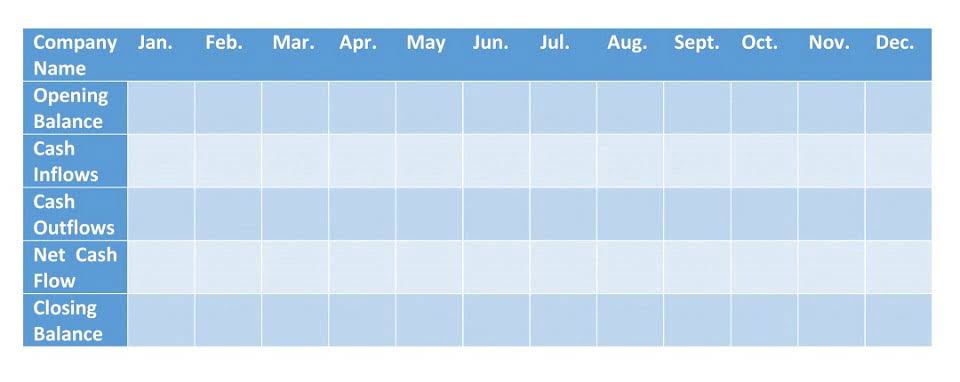
The answer to the third and final question—regarding when the amount is to be paid—enables the statement user to assess separately the short-run and long-run solvency of the company. Answering the first question requires that the accountant determine the likelihood that the payment will be made. For liabilities to exist, an event or transaction must already have occurred.
The Impact of Liabilities on Financial Statements
- Moreover, the government requires businesses to pay taxes as mandated by the law.
- This is why it’s critical to understand the differences between current and long-term liabilities.
- In this case, the bank is debiting an asset and crediting a liability, which means that both increase.
- A debit either increases an asset or decreases a liability; a credit either decreases an asset or increases a liability.
- HighRadius offers a cloud-based Record to Report Suite that helps accounting professionals streamline and automate the financial close process for businesses.
One of the key steps in planning for future obligations is to thoroughly analyze a company’s balance sheet, identifying both short-term and long-term liabilities. This enables decision-makers to prioritize their payments and allocate resources accordingly. Liabilities are carried at cost, not market value, like most assets. They can be listed in order of preference under generally accepted accounting principle (GAAP) rules as long as they’re categorized. The AT&T example has a relatively high debt level under current liabilities. Other line items like accounts payable (AP) and various future liabilities like payroll taxes will be higher current debt obligations for smaller companies.
What are the Different Types of Liabilities on the Balance Sheet?

Understanding liabilities requires comprehending their classification and measurement. Based on their durations, liabilities are broadly classified into short-term and long-term liabilities. Short-term liabilities, also known as current liabilities, are obligations that are typically due within a year. On the other hand, long-term liabilities, or non-current liabilities, extend beyond a year. Besides these two primary categories, contingent liabilities and other specific cases may also exist, further adding complexity to accounting practices. This can give a picture of a company’s financial solvency and management of its current liabilities.
Definition of Liability

Liabilities exist because there are obligations between two parties. In this case, your business has an obligation to do something for or to give something to another person or entity. For example, businesses have the obligation to pay their employees just compensation. Hence, businesses are liable to pay salaries and wages to their employees after the employees have performed their duties. Listed in the table below are examples of current liabilities on the balance sheet. Understanding the concepts of liabilities and expenses is essential when preparing financial records since they impact a business firm’s financial reports in different ways.

Suppose a company receives tax preparation services from its external auditor, to whom it must pay $1 million within the next 60 days. The company’s accountants record a $1 million debit entry to the audit expense account and a $1 million credit entry to the other current liabilities account. When a payment of $1 million is made, the company’s accountant makes a $1 million debit entry to the other current liabilities account and a $1 million credit to the cash account.
A liability is classified as a current liability if it is expected to be settled within one year. Accounts payable, accrued liabilities, and taxes payable are usually classified as current liabilities. If a portion of a long-term debt is payable within the next year, that portion is classified as a current liability. Assets and liabilities are two fundamental components of a company’s financial statements. Assets represent resources a company owns or controls with the expectation of deriving future economic benefits. Liabilities, on the other hand, represent obligations a company has to other parties.
- She has worked in multiple cities covering breaking news, politics, education, and more.
- Accounts payable, accrued liabilities, and taxes payable are usually classified as current liabilities.
- Liabilities are one of the important components of a balance sheet, yet they are often tricky to understand.
- It compares your total liabilities to your total assets to tell you how leveraged—or, how burdened by debt—your business is.
- The current ratio measures a company’s ability to pay its short-term financial debts or obligations.
- The company, on the other hand, upon depositing the cash with the bank, records a decrease in its cash and a corresponding increase in its bank deposits (an asset).
- Moreover, some liabilities, such as accounts payable or income taxes payable, are essential parts of day-to-day business operations.
- They are short-term liabilities usually arisen out of business activities.
- A liability, like debt, can be an alternative to equity as a source of a company’s financing.
Try FreshBooks for free by signing up today and getting started on your path to financial health. Liability may also refer to the legal liability of a business or individual. Many businesses take out liability insurance in case a customer or employee sues them for negligence. Adam Hayes, Ph.D., CFA, is a financial writer what are liabilities accounting with 15+ years Wall Street experience as a derivatives trader. Besides his extensive derivative trading expertise, Adam is an expert in economics and behavioral finance. Adam received his master’s in economics from The New School for Social Research and his Ph.D. from the University of Wisconsin-Madison in sociology.
Want More Helpful Articles About Running a Business?
How do I calculate my liability?

